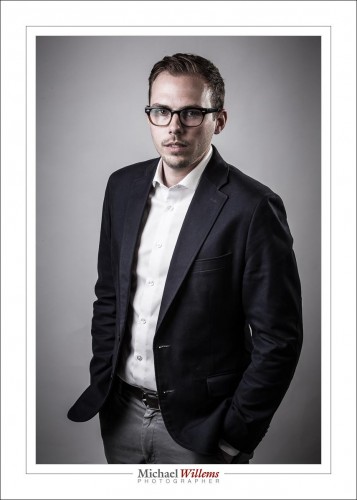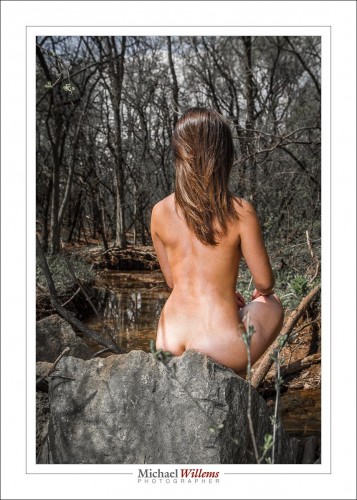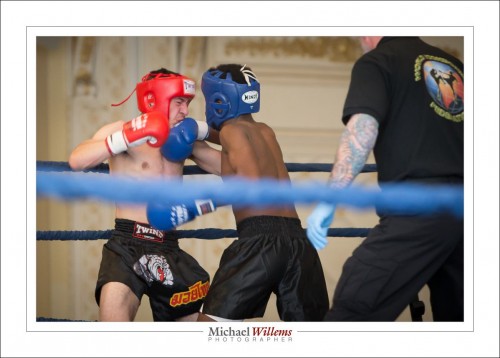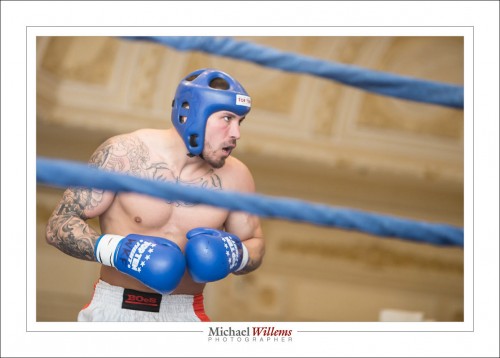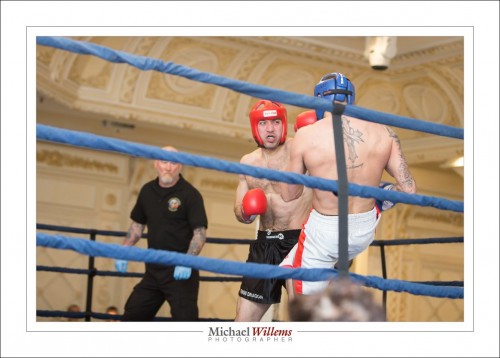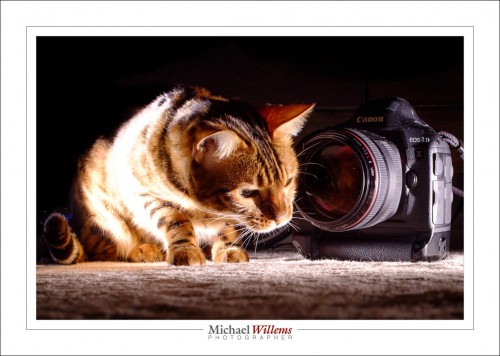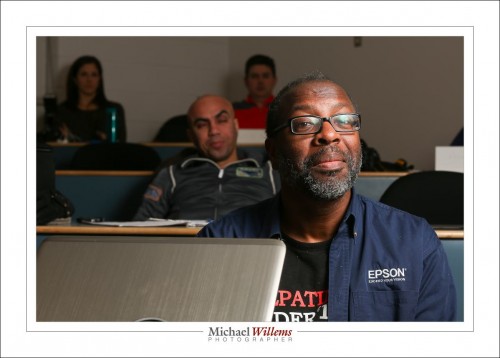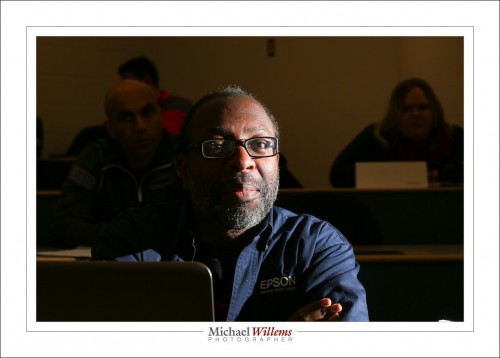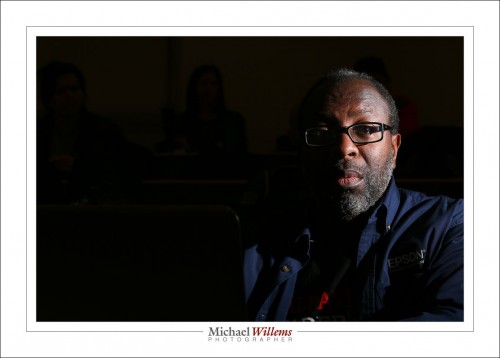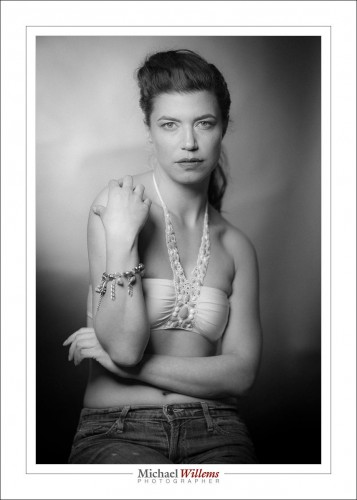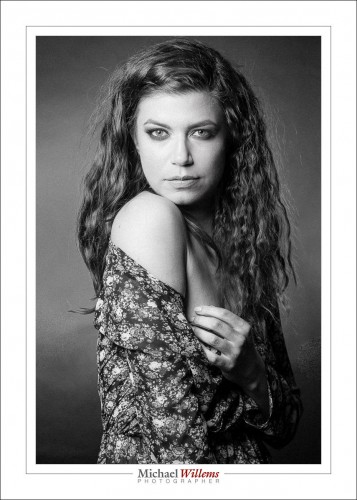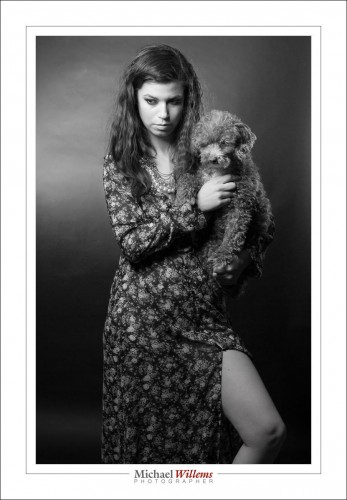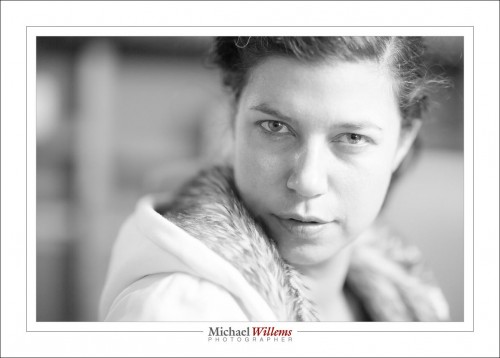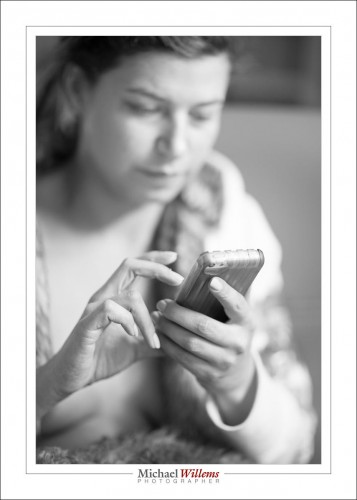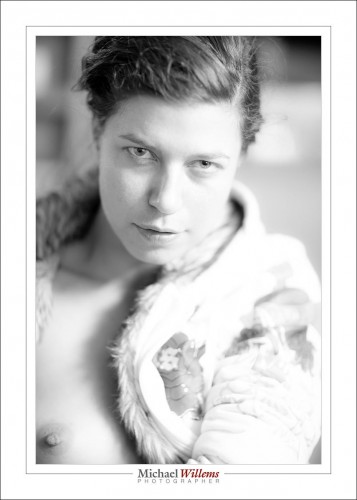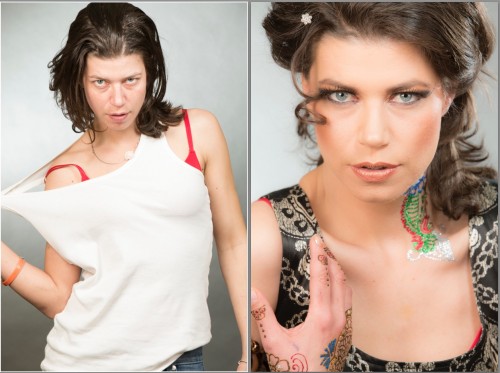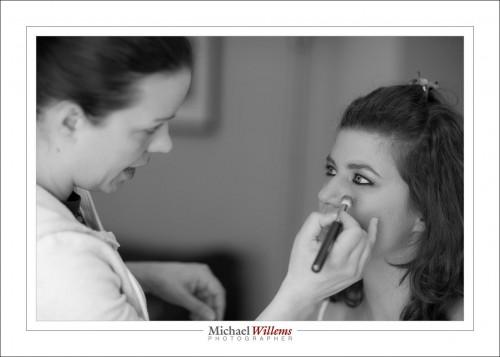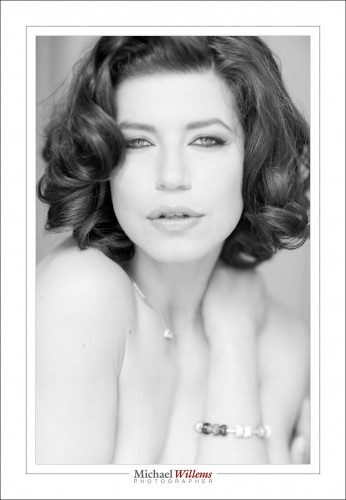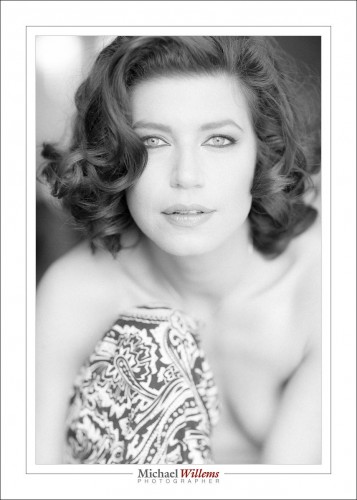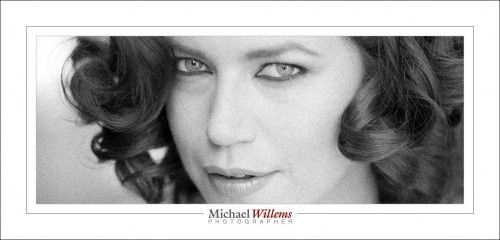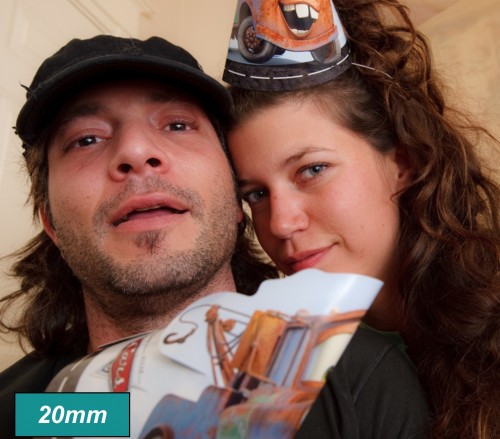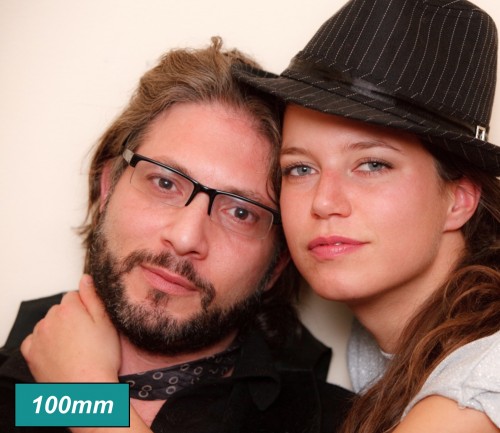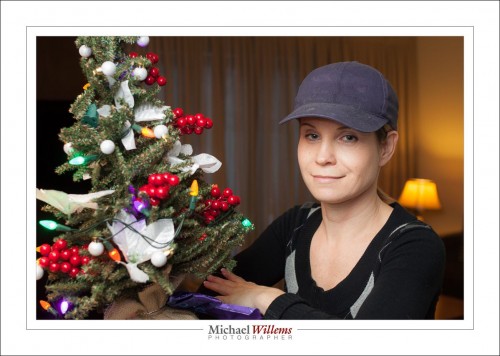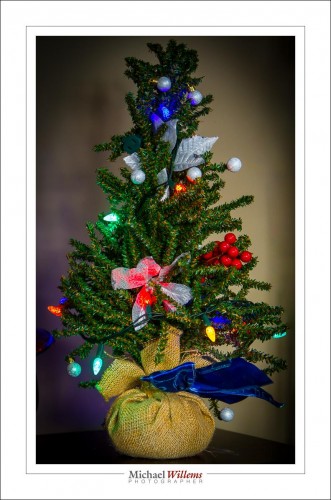A recent encounter with a photographer leads me to re-iterate my message here: technical prowess can help expand your available options.
One of those is the use of light. Getting creative can involve any kind of light. Not just “available”, not just “Flash”, not just any type.All types. Why restrict yourself?
Take a portrait in a sunflower field. a “natural light only” photographer can do this:
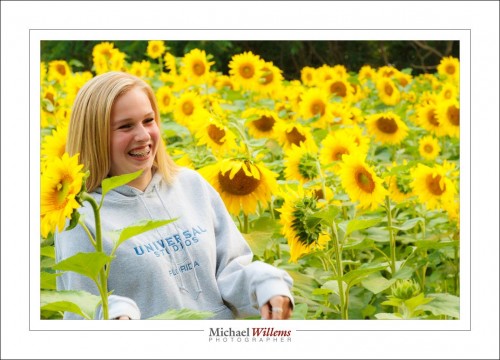
Nice. But I prefer for my subject to be the “bright pixels”, because 0f Willems’s dictum that:
Bright Pixels Are Sharp Pixels.
So I, an “everything” photographer, can do the above, but I can also do this:
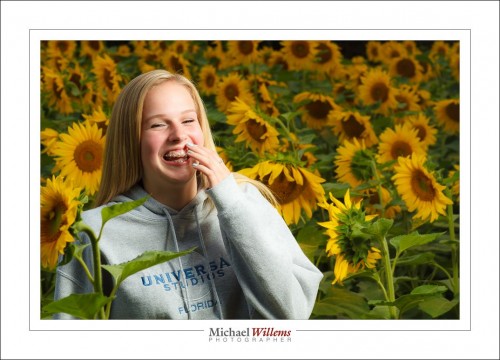
Which one do you prefer? The point is not that one is better. The point is that with flash added, you have a wide range of opportunities.
The above shot was made with nothing more than my camera and my usual portable umbrella outfit:
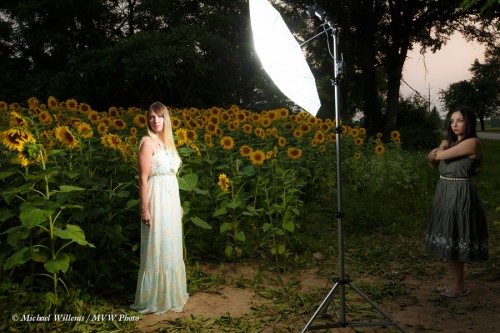
By the way: My Dutch Master Class® courses teach you how to do this; how to think about flash; you learn the Three Essential Recipes: you get everything you need to get your vision into your work.

